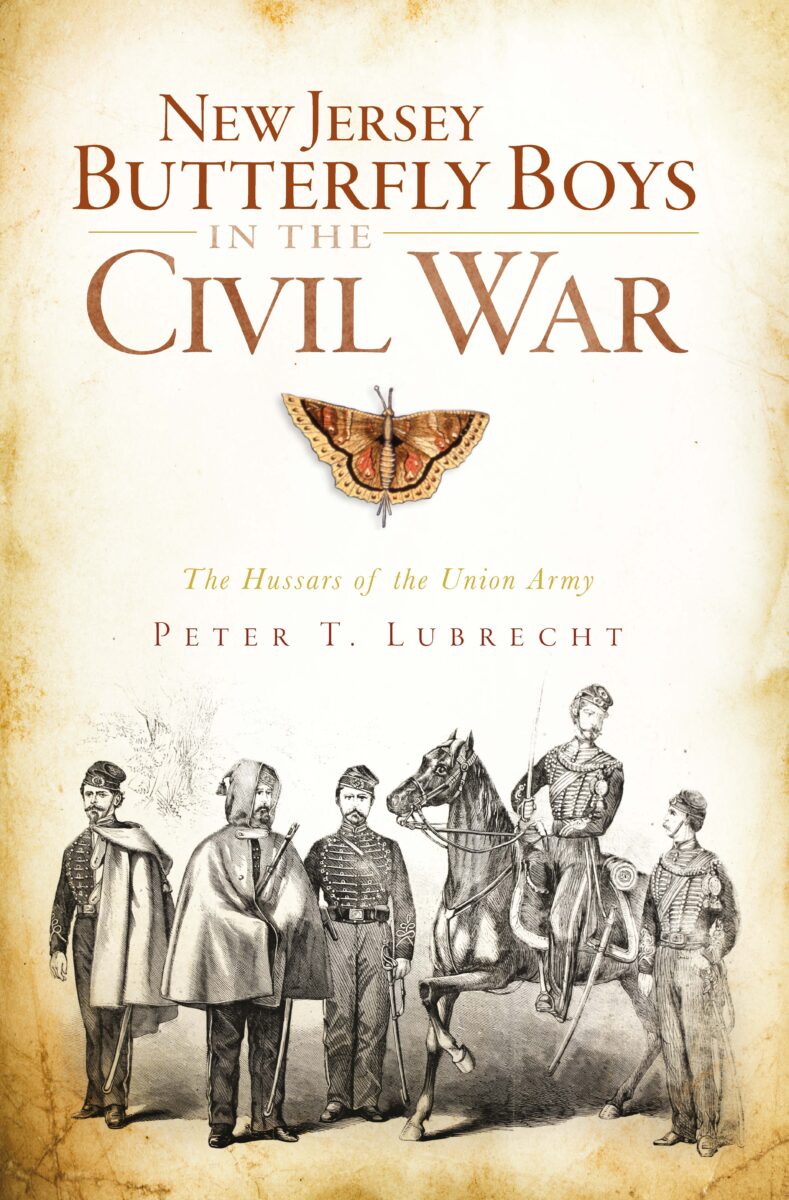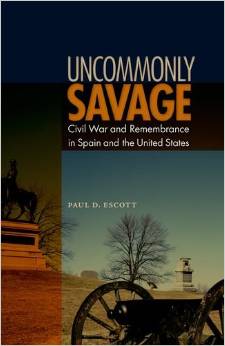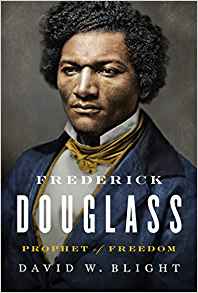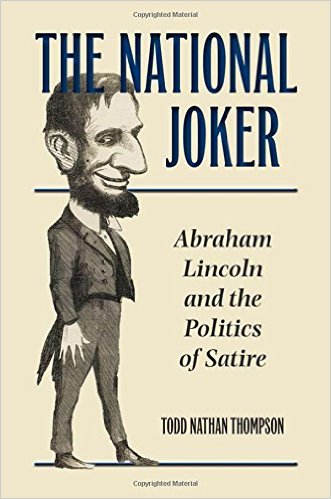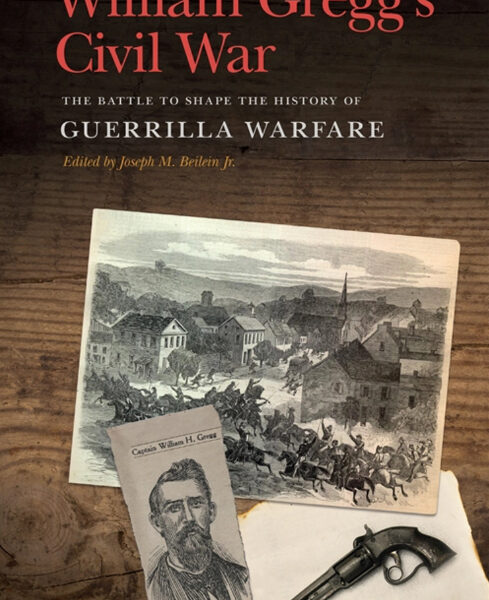In New Jersey Butterfly Boys, Peter T. Lubrecht tells the story of the Third New Jersey Cavalry, a regiment that saw action during the latter half of the Civil War. The unit is an intriguing one that featured an ethnic mix of predominately German and Irish immigrants, as well as soldiers from more than a half dozen other European countries (34). With a unique uniform that included a hood and cape, and a flag that featured a butterfly, the unit adopted the nicknames “Butterfly Boys” and the “First American Hussars.” The author became interested in this subject when he discovered his cousin was a member of the unit. Although Lubrecht’s enthusiasm shines throughout the work, the narrative is over-the-top, cliché, and often clunky. In addition, a severe lack of historical etiquette coupled with very poor editing detracts from the book.
The first chapter covers the life of Colonel Andrew J. Morrison, the man “who created, formed and ultimately led” the regiment. Lubrecht claims “some historians” believe Morrison’s “military career was tainted by alcoholism,” but the author discovered through “scrutiny of family and original regimental records” that Morrison had a “character of fictional proportions” (19). Unfortunately, Lubrecht never reveals the identity of these historians who act as straw men throughout the chapter. He believes that Morrison was a man whose “life resembles that of a mid-nineteenth-century superhero who traveled to all parts of the earth to fight for justice” (19). If that does not inspire, consider that he “stood six feet tall and appeared as a dashing heroic leader who was loved by his men” (23). Finally, his “last military act of creation helped bring about an end to the very ugly Civil War” (25). Lubrecht makes this last claim, because the regiment saw action at Appomattox, a scene that “resembled a storybook ending to an adventure” (114).
When Lubrecht’s writing is not overly dramatic, it is clunky. For example, the regiment was simply not issued new, but “spanking new” carbines (65). He also mixes up how he refers to people, scorning any sort of convention. On a single page, he refers to Morrison, Colonel Morrison, Andrew J. Morrison, and Andrew Jackson Morrison, who are all the same person (22). What is worse, in a paragraph where he discusses Morrison and his namesake, Andrew Jackson, Lubrecht refers to one of them as simply “Andrew” (20). Nowhere else in the book does he use only Andrew.
While the above examples can slow a reader, other portions stop the reader completely. In describing Morrison’s experience at Fredericksburg, the author states: “During this bloody battle, Colonel Morrison was kept awake for several nights for reasons connected to his command. As a result, he had difficulty staying awake on his horse or on the ground during the following day. When the battle began, communication became so impossible that Morrison, in the battle aftermath, was accused of drunkenness and conduct unbecoming an officer” (23).
The author never explains what “reasons connected to his command” means. It is also not clear which day Morrison could not stay awake. Was it during the battle or after? The “during this bloody battle” followed by “when the battle began” is confusing.
The second chapter tackles the formation of the Third New Jersey. Lubrecht knows his subject well, but he often holds back details on intriguing topics. For instance, the author stresses in the first chapter how Morrison spent time in Europe. In the next chapter, he describes in detail the uniforms of the Third New Jersey. In an almost afterthought, the author says, “The idea may have come from the Austrian mounted troops Morrison encountered in Italy” (27). The theory is interesting, but the author never expounds on it or even provides a picture of the Austrian uniforms. This reviewer would have traded one of the four photos of Civil War Reenactors for a picture of the Austrian uniform.
By the third chapter, Lubrecht begins recounting the history of the regiment. He states early on that he wants to “tell their story from the soldier’s eye view” (9). This equates to quoting extensively from personal diaries, letters, and newspapers. His most cited source is “Manatom,” a newspaper correspondent who wrote some vivid accounts of the battles. Lubrecht often provides large block quotes from these sources, some so large that they take up multiple pages (95-97, 99-101). Given the brevity of the book (190 pages), which consists of 40-plus photos, a 65-page roster (readily available on the Internet) and notes section, and 8 blank pages, there is not a lot of original content in these latter chapters. Reviewers often compliment an author for being “in command of his sources,” but this is an example where the sources command the author.
Lubrecht and his sources chronologically run through the history of the regiment in the war. Unfortunately, he leaves out “maps on troop movements and strategies,” believing these are for the “‘hard core’ battlefield students” (9). This was in favor of the “soldier’s eye view,” but the author cannot avoid listing dates, times, and cities. In one paragraph, Lubrecht rattles off eight different locations, as the regiment traveled and fought skirmishes over a two-week period (74). A map, even a simple one with locations, would have done wonders for the reader.
Pointing out the poor historical form would be nit picking if it was not so prevalent. The inconsistent approach to citing sources is frustrating, as the author only sporadically provides endnotes for quotations. In some instances, he sources one block of text, but not another on the same page (15). Other times, he mentions a book, but fails to list the source in his bibliography (23). Other problems come in the form of the 40-plus photos and drawings. The images typically add value to the text such as the photo of Morrison (20) and a drawing of the uniforms of the Third New Jersey (30). However, many of the drawings have a source of “Courtesy of the Author,” when Lubrecht did not draw them (16, 56, 72, 78, 80, 96). The most irksome passage in the book comes when Lubrecht precedes a quote with “Morrison responded with something to the effect of…” (43), as though the author was present for the discussion.
While the book does create a window into the experiences of the soldiers of the Third New Jersey, it is a foggy one. With so many glaring issues, the average Civil War enthusiast will quickly lose confidence in the work. The inconsistent use of sources will frustrate historians who want to track down original documents. Again, Lubrecht knows his subject and he is very enthusiastic about it, but he desperately needed some guidance and a good editor.
Scott Manning is an undergraduate studying Military History at American Military University and maintains a blog called Historian on the Warpath.
